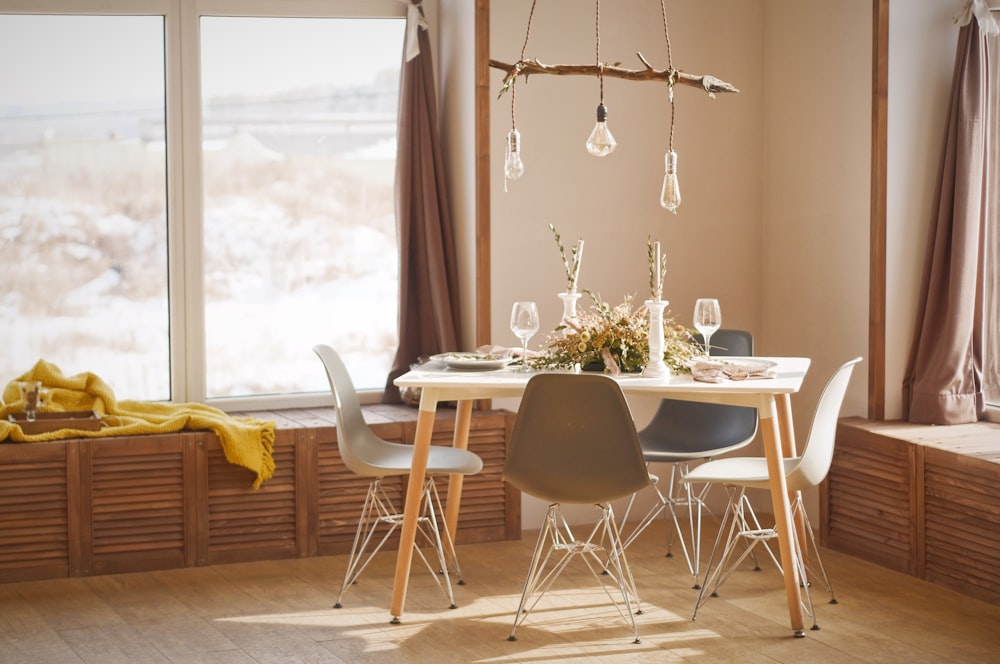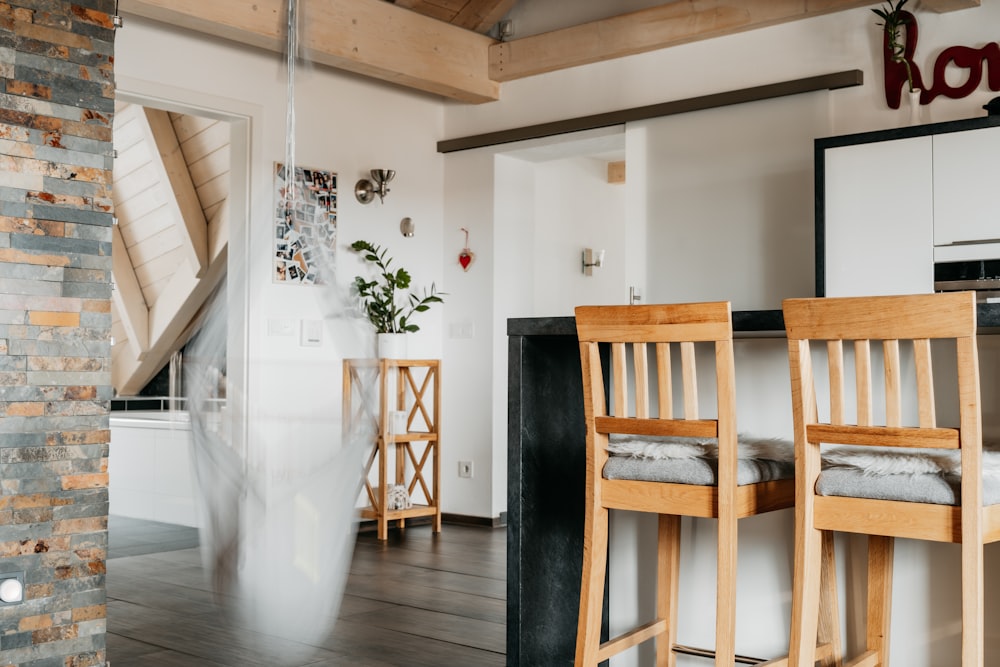
Zen Living Japanese Minimalism for Your Living Room
Introduction:
In a world often cluttered with excess, many are finding solace in the simplicity and tranquility of Zen living. Inspired by Japanese minimalism, this lifestyle embraces the beauty of clean lines, natural elements, and mindful living. One area where this philosophy truly shines is in the design of the living room. Let’s delve into how you can incorporate Japanese minimalism into your living space to create a serene oasis of calm and beauty.
Embracing Minimalist Design:
At the heart of Japanese minimalism is the idea of decluttering and simplifying one’s surroundings. Start by paring down your living room to the essentials – remove unnecessary furniture, decorations, and knick-knacks. Opt for sleek, functional pieces that serve a purpose without overwhelming the space. Embrace open spaces and allow each element in the room to breathe.
Natural Elements and Harmony:
Japanese minimalism draws heavily from nature, seeking to create harmony between the indoor and outdoor worlds. Incorporate natural materials such as wood, bamboo, and stone into your living room design. Choose earthy tones and organic textures to evoke a sense of calm and tranquility. Introduce indoor plants to bring a touch of greenery and life to the space.
Clean Lines and Simplicity:
One of the hallmarks of Japanese minimalism is its emphasis on clean lines and simplicity. Opt for furniture and décor with sleek, minimalist designs – think low-profile sofas, minimalist coffee tables, and simple, unadorned shelving. Avoid cluttering the space with unnecessary ornamentation, and instead focus on creating a sense of balance and harmony through carefully curated pieces.
Mindful Living and Intentionality:
At its core, Japanese minimalism is about more than just aesthetics – it’s a way of living mindfully and with intentionality. Bring this ethos into your living room by fostering a sense of mindfulness in the space. Create designated areas for relaxation, meditation, and reflection. Choose décor and furnishings that encourage mindfulness, such as comfortable floor cushions, soft lighting, and calming artwork.
The Beauty of Negative Space:
In Japanese design, empty space is just as important as the objects within it. Embrace the concept of negative space in your living room by leaving areas of the room uncluttered and open. Allow the eye to rest and the mind to wander in these serene, empty spaces. Use minimalistic furniture arrangements to maximize flow and movement within the room.
Lighting and Ambiance:
Lighting plays a crucial role in setting the mood and ambiance of a space. In Japanese minimalism, soft, diffused lighting is preferred over harsh, bright lights. Opt for warm, natural light whenever possible, and use paper lanterns, floor lamps, and wall sconces to create a soft, inviting glow. Consider incorporating dimmer switches or smart lighting systems to easily adjust the mood of the room throughout the day.
Decluttering the Mind:
Finally, remember that Japanese minimalism is not just about decluttering the physical space – it’s also about decluttering the mind. Take time each day to cultivate a sense of inner peace and calmness. Practice mindfulness meditation, deep breathing exercises, or simply sit quietly and enjoy the present moment in your beautifully minimalist living room.
Conclusion:
Incorporating Japanese minimalism into your living room design can transform the space into a serene oasis of calm and beauty. By embracing simplicity, natural elements, and mindful living, you can create a space that not only looks beautiful but also nourishes the soul. So, why not bring a touch of Zen living into your home today? Read more about japanese minimalist living room



